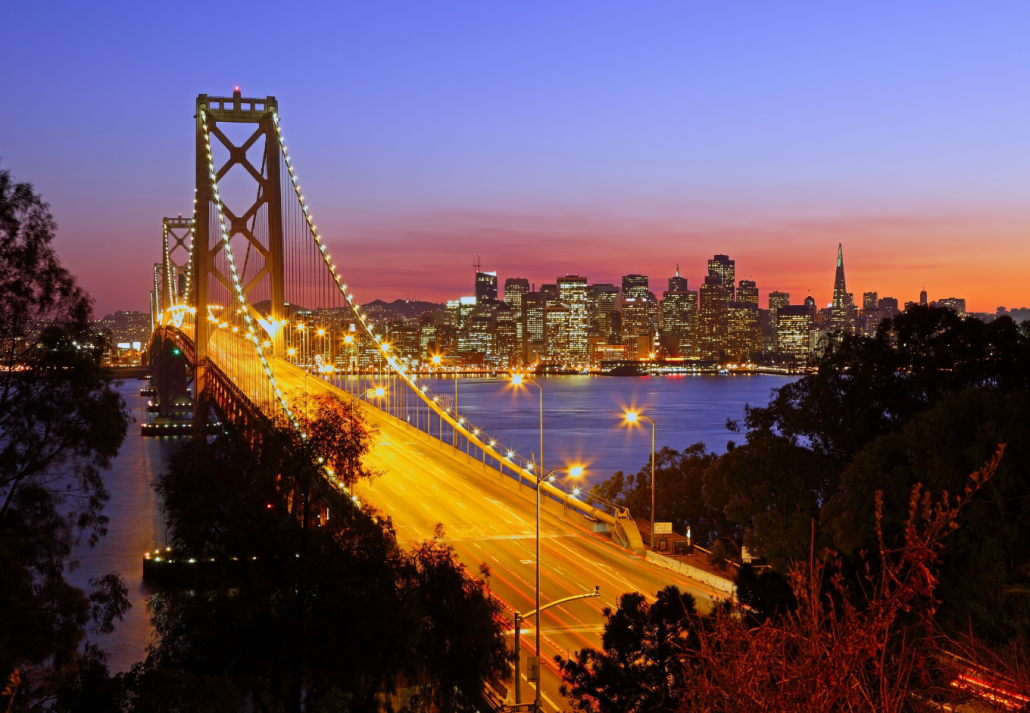The best of Bristol
Bristol is a vibrant city in southwest England known for its rich maritime history, creative spirit, and diverse cultural... The post The best of Bristol appeared first on A Luxury Travel Blog.
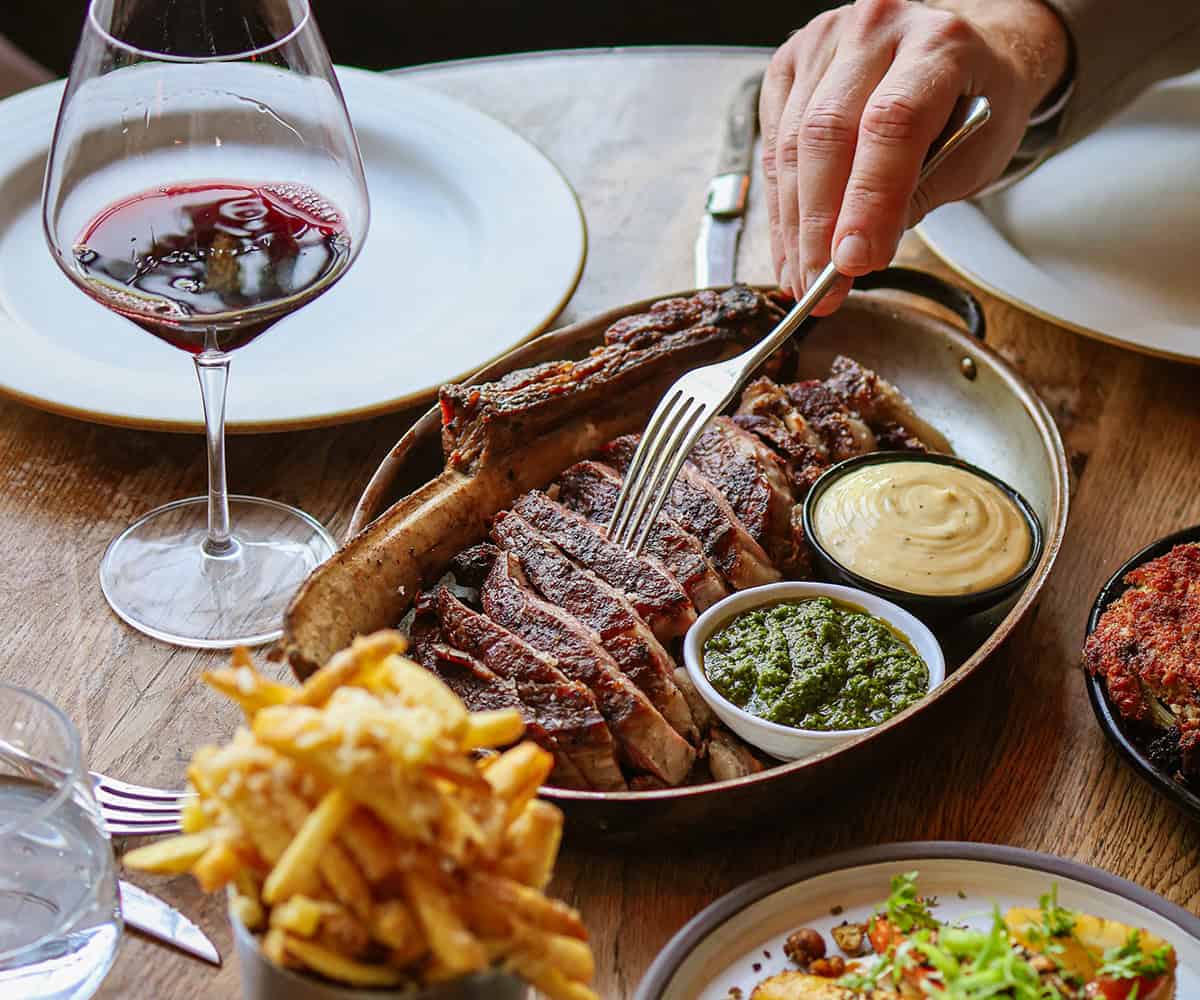
Bristol is a vibrant city in southwest England known for its rich maritime history, creative spirit, and diverse cultural scene. Straddling the River Avon, it features iconic landmarks like the Clifton Suspension Bridge, a thriving harbour, street art (home to Banksy), and music. After visiting Bristol several times, I felt it was time to pen some of what I consider to be Bristol’s best.
Stay at Number 38 Clifton
Nestled atop one of Bristol’s most affluent hills in the heart of Clifton, Number 38 Clifton is a boutique gem housed in a beautifully restored Georgian merchant’s townhouse. With only 11–12 exquisitely styled bedrooms, it offers an intimate atmosphere—more like a charming home than an impersonal hotel. Guests are greeted via a charming doorbell and welcomed into cosy communal spaces decorated with curated artworks (including a David Hockney), antique furnishings, deep Farrow & Ball tones, giving each room and lounge a distinctive character.
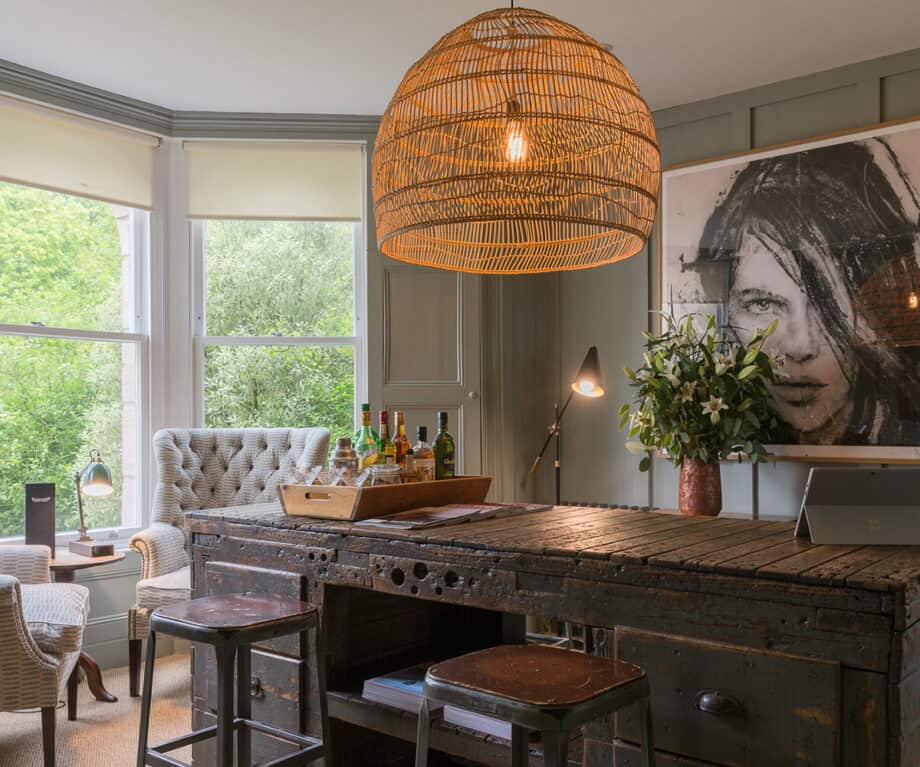
Rooms feature king‑size or super‑king Hypnos beds, plush waffle robes, Roberts radios, REN toiletries, and in some suites, free-standing copper baths overlooking the city or Downs. My favourite is the West Loft Suite with inviting dark blue interiors. Breakfast, included in the rate, features locally sourced produce and hearty cooked options. Furthermore, the hotel’s focus on B&B rather than full board encourages guests to explore and enjoy Clifton’s lively dining scene just moments away. With no children under 12 allowed, the atmosphere remains tranquil, perfect for couples or discerning travellers seeking serenity amid Bristol’s urban charm.
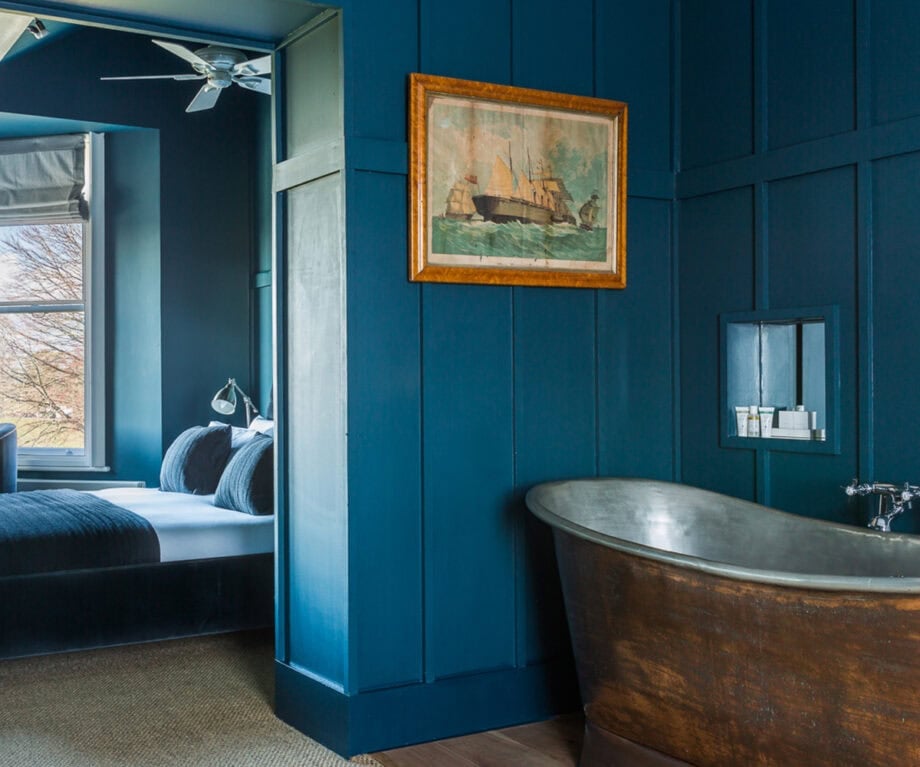
Dine at Pasture
In 2018 Sam Elliott left two decades of working in other chefs’ kitchens to pioneer his own. With Pasture now ranked number one in Bristol, it’s been a sensational success. More than mere fascination with fire-cooked food, it’s possibly the perfection of it. As a South African familiar with this style, I can proudly say it rivals my country’s best offerings.
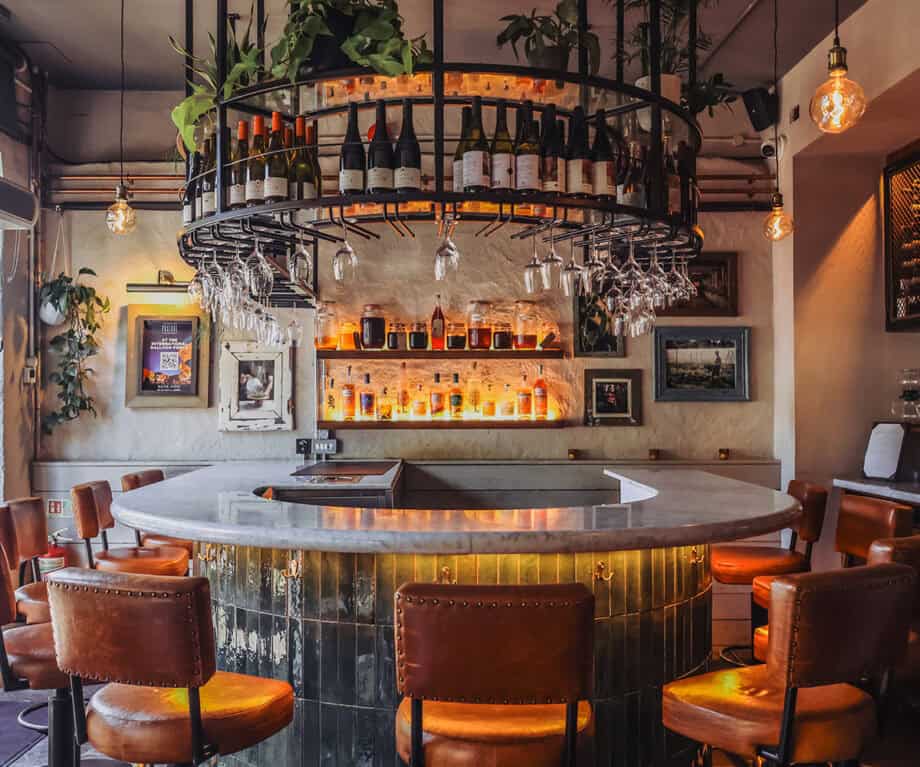
Pasture’s strongest pillar is its unwavering commitment to sustainability – a welcome departure from the overused but under-observed epithet. Produce comes from a selection of handpicked suppliers and then Buttercliffe, their farm just outside Bristol. Walking through the cold room, every cut carried detailed information on its provenance, allowing for proper handling, preparation and cooking. The beef is all ethically raised and grass-fed, with all fish sustainably sourced.
Additionally, the charcoal is a 100% natural by-product, the bottled water is crafted in-house, reusable packaging is employed, and all food waste is processed. This hard work has earned Pasture a coveted 3-star rating from the Sustainable Restaurant Association. Incidentally, the farm’s very own vineyard will yield its first bottled harvest this year, adding to Pasture’s self-sufficiency.
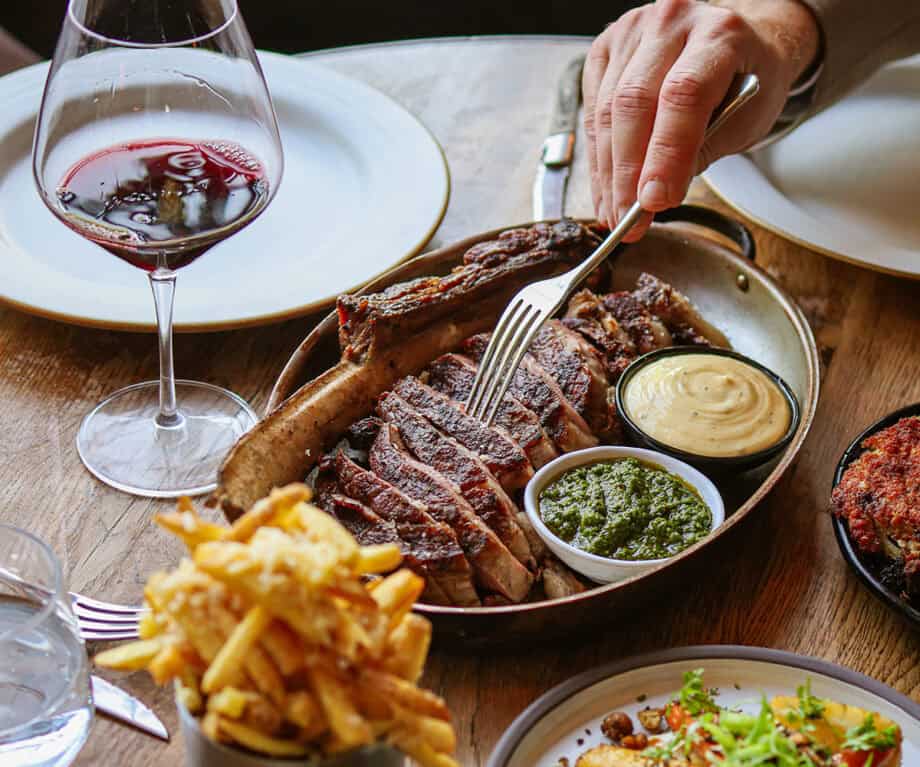
The smoked beef carpaccio and beetroot tartare serve as sublime starters, while the variety of House Cuts takes centre stage for mains. Supported by a host of sides (the bacon butter cabbage in the coals being the hero), you’ll be bound to leave, as we did, gratefully defeated after one of our most memorable meals ever. Pasture’s culinary mastery continues in the adjacent Radius (intimate Chef’s Menu experiences) and then in Cardiff at a sister Pasture, with Parallel (immersive fine dining), as well as the speakeasy-styled Nightshade Bar. The Birmingham Pasture completes the trilogy of food forged by experiences.
Wine at La Scala Deli
The city boasts countless watering holes, with my favourite being the monthly wine tastings at La Scala Deli. Co-owner Xavier is a vivacious blend: born in Italy, raised in Spain, and now calling the UK home. He’s a talented sommelier who is as entertaining as he is knowledgeable. The deli serves light meals throughout the day, where customers come and go for their Italian fix, and on tasting days, it transforms into an evening café.
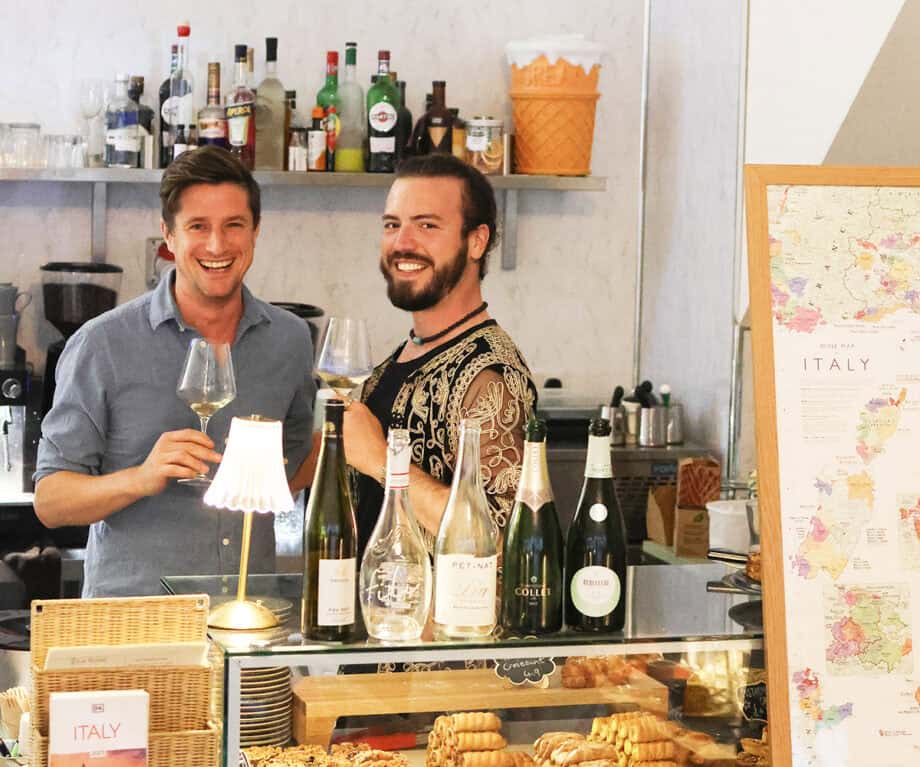
Tastings start with an aperitivo in the candlelit setting, followed by Xavier’s welcome and an overview of the evening’s wines. The wines (mostly Italian) are briefly introduced with tasting notes before the tasting and discussion begin. Cheese and bread boards accompany the experience, with other tempting nibbles available to order. The Wine and Dine evenings elevate tastings further, offering a five-course tasting menu.
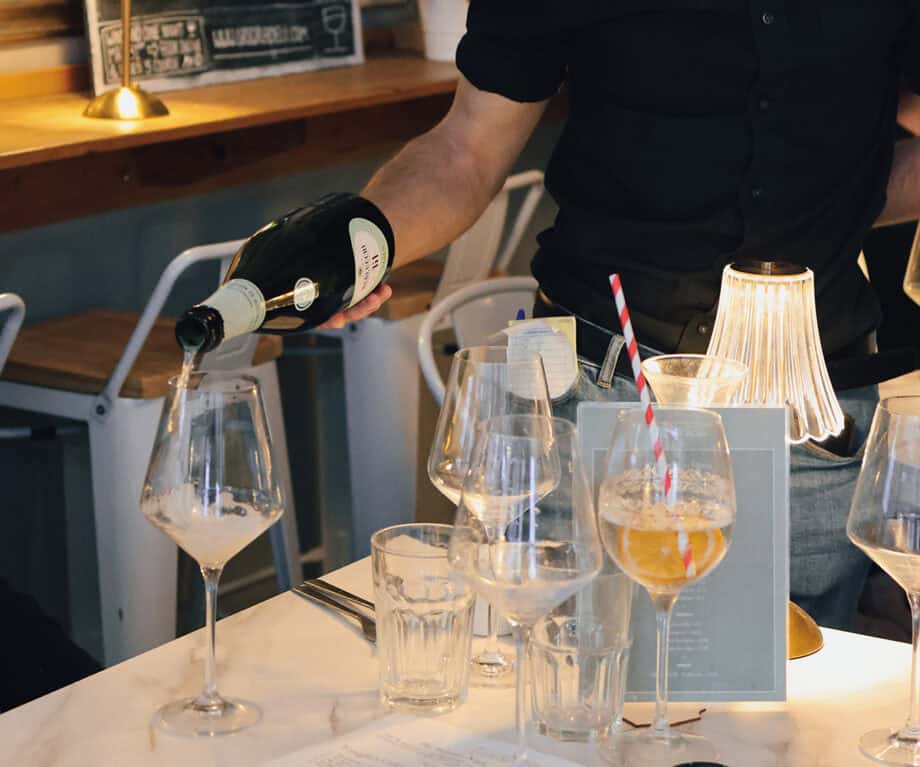
Everything you need to plan your trip in 2025
Spa at Bristol Lido
A unique experience, as if transported back in time, awaits at the trendy Bristol Lido. As you step through the doors, the restored Victorian swimming pool comes into view. Originally opened in 1850, the lido was revived after a 16-year closure, reopening to the public in 2008. The 24-metre outdoor pool is heated between 20-24 degrees Celsius, with swimming lanes and a sitting ledge on the café side. On the opposite side, you’ll find quirky shower cubicles.
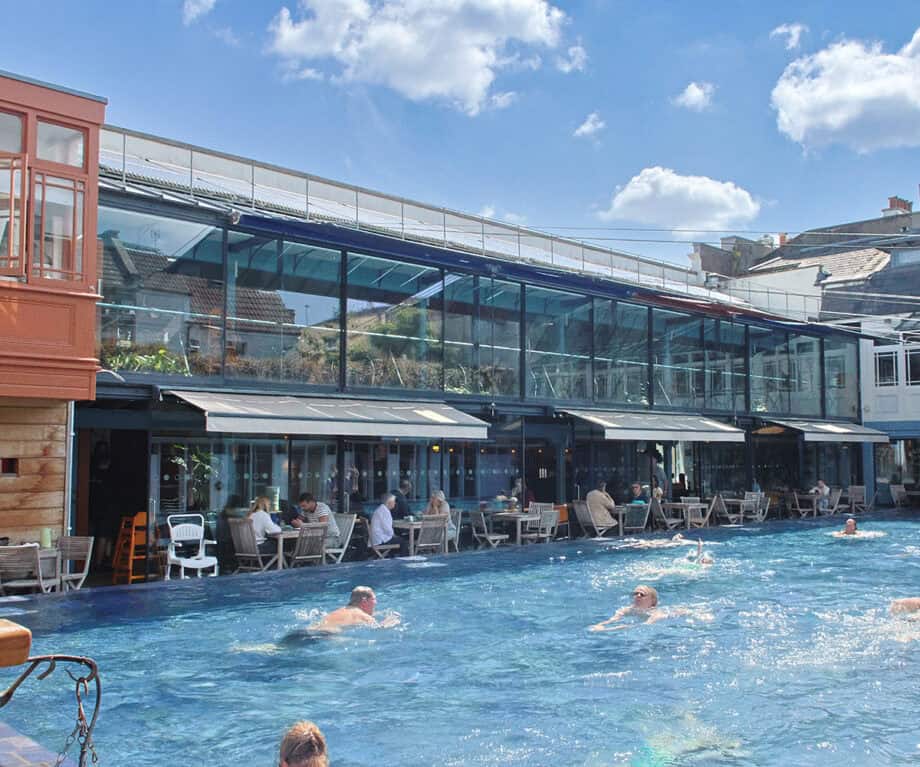
Facilities include a sauna, steam room, cold-water drench buckets, and my favourite— the 38-40 degree heated jacuzzi with massaging bubble jets (a favourite after a long workday). While most guests are regulars with coveted memberships, swim sessions are available for non-members. Delicious tapas are served at the poolside bar, along with larger plates at the upstairs restaurant.
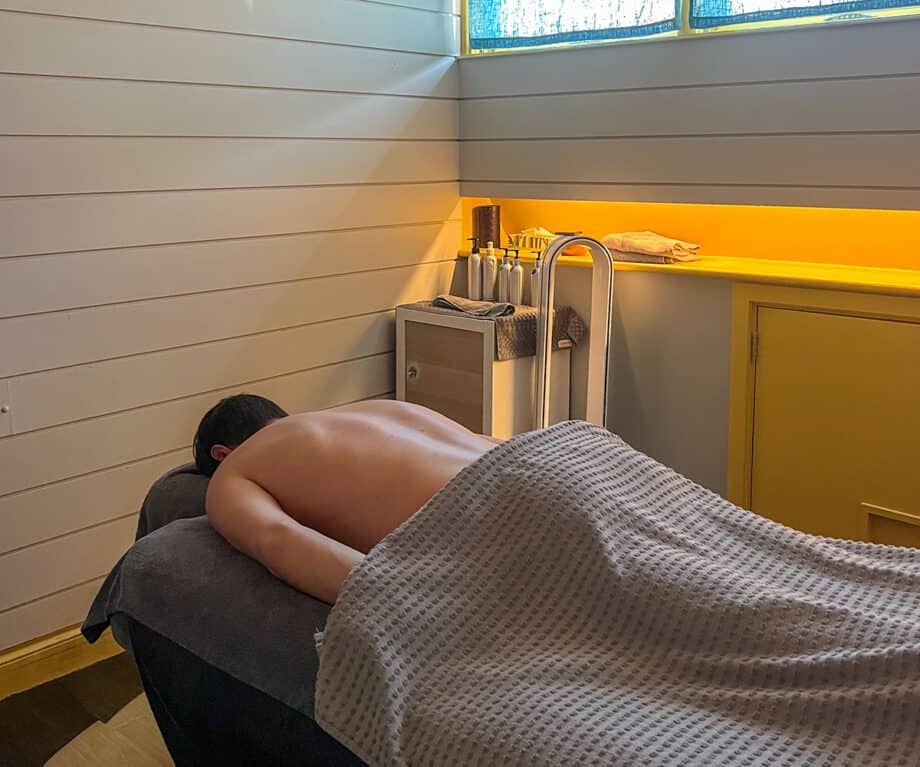
The best part? Upstairs, trained spa therapists offer tailored 60-minute massages. As a trained physio, my therapist Jan quickly identified the knots and stresses with impressive accuracy. After this body-relaxing experience, a relaxation room offers herbal teas and comfy seating to extend the pampering. Hairdryers and shower facilities are also available for freshening up before leaving the Lido, feeling like a completely new person.
Walk at Tyntesfield
One of the best ways to explore the UK’s heritage is through National Trust properties. Hundreds of properties are tucked away across the country, and just minutes from Bristol, Tyntesfield is among the finest. The Victorian Gothic Revival house features acres of gardens, parklands, and orchards—all enjoyed by us and our furry companions.
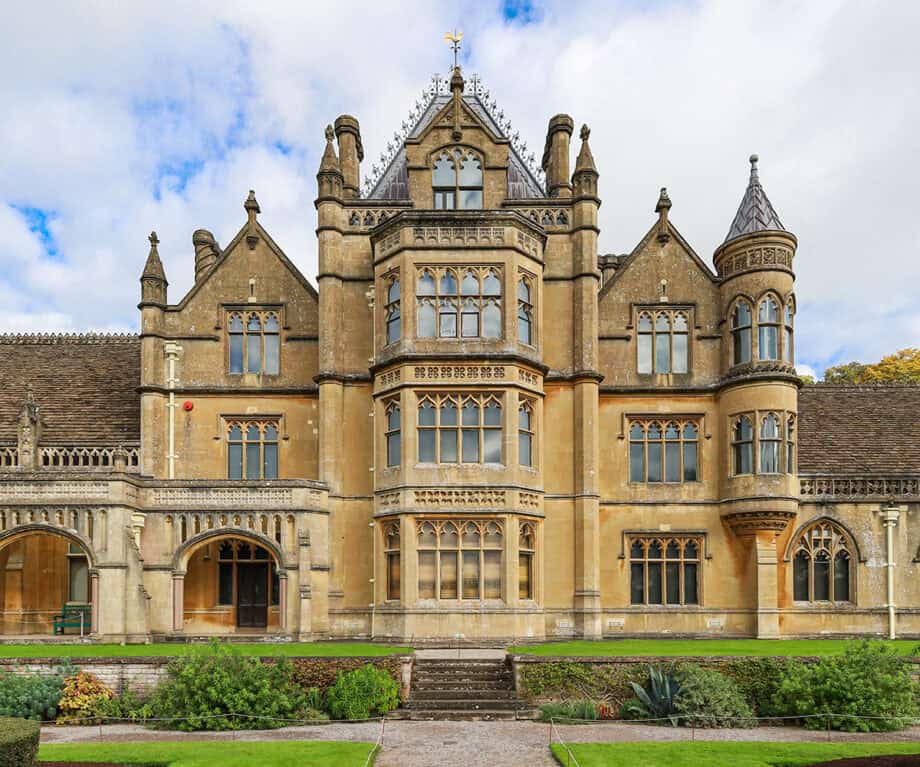
Tyntesfield was transformed from a regency house into today’s Gothic masterpiece after William Gibbs purchased it in 1843. Step back in time as you walk through the Cloister, Library, Hall, Dining Room, Oratory, Boudoir, and bedrooms, taking in an impressive collection of classified objects. As if this wasn’t enough, an internal bridge connects the house to a large flamboyant chapel, modelled on Paris’ Sainte Chapelle Chapel. Make a day of your visit with a meal or cup of tea from the Home Farm Café.
Jared Ruttenberg
Jared Ruttenberg is a travel writer from Cape Town, South Africa. He enjoys connecting people and experiences through words, images and social media.
Did you enjoy this article?
Receive similar content direct to your inbox.

 Tekef
Tekef 







